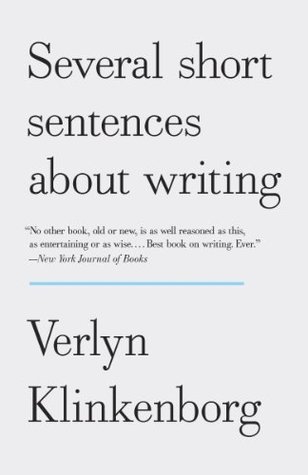More on this book
Community
Kindle Notes & Highlights
How long is a good idea?
And worse—the end of the sentence commonly forgets its beginning,
Writing short sentences restores clarity, the directness of subject and verb.
Late in the paragraph you prepare for the transition to the next paragraph— The great leap over the void, across that yawning indentation. You were taught the art of the flying trapeze, But not how to write.
Are you that kind of reader? Do you tumble, uncomprehending, through the gaps between paragraphs?
A reader is likelier to get lost cutting his way through The jungle of transitions than crossing the gap of a well-made ellipsis.
In journalism, the equivalent of the topic sentence is the notorious “nut graf,” A paragraph that tells you the content of the article you’re about to read, As if you couldn’t proceed without a précis.
Writing isn’t a conveyer belt bearing the reader to “the point” at the end of the piece, where the meaning will be revealed. Good writing is significant everywhere, Delightful everywhere.
Most overcrowded sentences can be broken apart easily.
When students are free to write anything they want, What they write first are pieces they hope look like something they saw published somewhere About subjects they believe are pre-authorized Because someone has already written about them
A true metaphor is a swift and violent twisting of language, A renaming of the already named. It’s meant to expire in a sudden flash of light
The writer’s job isn’t accepting sentences. The job is making them, word by word.
The fundamental act of revision is literally becoming conscious of the sentence, Seeing it for what it is, word for word, as a shape, and in relation to all the other sentences in the piece.
Try reading your work aloud. The ear is much smarter than the eye, If only because it’s also slower And because the eye can’t see rhythm or hear unwanted repetition.
Here’s another way to make your prose look less familiar. Turn every sentence into its own paragraph.


